 Henry Ford (ca. 1919)
Henry Ford (ca. 1919)History of Ford Motor Company
Ford Motor Company is an American multinational corporation and the world's fourth largest automaker based on worldwide vehicle sales. Based in Dearborn, Michigan, a suburb of Detroit, the automaker was founded by Henry Ford, and incorporated in June 16, 1903. Ford now encompasses many brands, including Lincoln and Mercury of the U.S. and Volvo of Sweden.Ford was launched in a converted factory in 1903 with $28,000 in cash from twelve investors, most notably John and Horace Dodge, who would later found the Dodge Brothers Motor Vehicle Company. Henry Ford was 40 years old when he founded the Ford Motor Company, which would go on to become one of the largest and most profitable companies in the world, as well as being one of the few to survive the Great Depression. The largest family-controlled company in the world, the Ford Motor Company has been in continuous family control for over 100 years.
During its early years, the company produced a range of vehicles designated, chronologically, from the Ford Model A (1903) to the Model K and Model S (Ford's last right-hand steering model)[1] of 1907.[2] The K, Ford's first six-cylinder model, was known as "the gentleman's roadster" and "the silent cyclone", and sold for US$2800;[2] by contrast, around that time, the Enger 40 was priced at US$2000,[3] the Colt Runabout US$1500,[4] the high-volume Oldsmobile Runabout[5] US$650, Western's Gale Model A US$500,[6] and the Success hit the amazingly low US$250.[5]
The next year, Henry Ford introduced the Model T. Earlier models were produced at a rate of only a few a day at a rented factory on Mack Avenue in Detroit, Michigan, with groups of two or three men working on each car from components made to order by other companies (what would come to be called an "assembled car"). The first Model Ts were built at the Piquette Road Manufacturing Plant, the first company-owned factory. In its first full year of production, 1909, about 18,000 Model Ts were built. As demand for the car grew, the company moved production to the much larger Highland Park Plant, and in 1911, the first year of operation there, 69,762[7] Model Ts were produced, with 170,211 in 1912.[8] By 1913, the company had developed all of the basic techniques of the assembly line and mass production. Ford introduced the world's first moving assembly line that year, which reduced chassis assembly time from 12½ hours in October to 2 hours 40 minutes (and ultimately 1 hour 33 minutes),[8] and boosted annual output to 202,667 units that year[8] After a Ford ad promised profit-sharing if sales hit 300,000 between August 1914 and August 1915,[9] sales in 1914 reached 308,162, and 501,462 in 1915;[8] by 1920, production would exceed one million a year.
These innovations were hard on employees, and turnover of workers was very high, while increased productivity actually reduced labor demand.[8] Turnover meant delays and extra costs of training, and use of slow workers. In January 1914, Ford solved the employee turnover problem by doubling pay to $5 a day, cutting shifts from nine hours to an eight hour day for a 5 day work week (which also increased sales; a line worker could buy a T with less than four months' pay),[8] and instituting hiring practices that identified the best workers, including disabled people considered unemployable by other firms.[8] Employee turnover plunged, productivity soared, and with it, the cost per vehicle plummeted. Ford cut prices again and again and invented the system of franchised dealers who were loyal to his brand name. Wall Street had criticized Ford's generous labor practices when he began paying workers enough to buy the products they made.[10][citation needed]
While Ford attained international status in 1904 with the founding of Ford of Canada, it was in 1911 the company began to rapidly expand overseas, with the opening of assembly plants in England and France, followed by Denmark (1923), Germany (1925), Austria (1925),[8] and Argentina (1925),[11] and also in South Africa (1924)[12] and Australia (1925) as subsidiaries of Ford of Canada due to preferential tariff rules for Commonwealth countries. By the end of 1919, Ford was producing 50 percent of all cars in the United States, and 40% of all British ones;[8] by 1920, half of all cars in the U.S. were Model Ts. (The low price also killed the cyclecar in the U.S.)[8] The assembly line transformed the industry; soon, companies without it risked bankruptcy. Of 200 U.S. car makers in 1920, only 17 were left in 1940.[8]
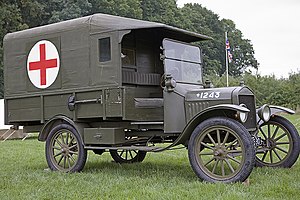
It also transformed technology. Henry Ford is reported to have said, "Any customer can have a car painted any color that he wants so long as it is black." Before the assembly line, Ts had been available in a variety of colors, including red, blue, and green, but not black. Now, paint had become a production bottleneck; only Japan Black dried quickly enough, and not until Duco lacquer appeared in 1926 would other colors reappear on the T.[8]
In 1915, Henry Ford went on a peace mission to Europe aboard a ship, joining other pacifists in efforts to stop World War I. This led to an increase in his personal popularity. Ford would subsequently go on to support the war effort with the Model T becoming the underpinnings for Allied military vehicles, like the Ford 3-Ton M1918 tank, and the 1916 ambulance.
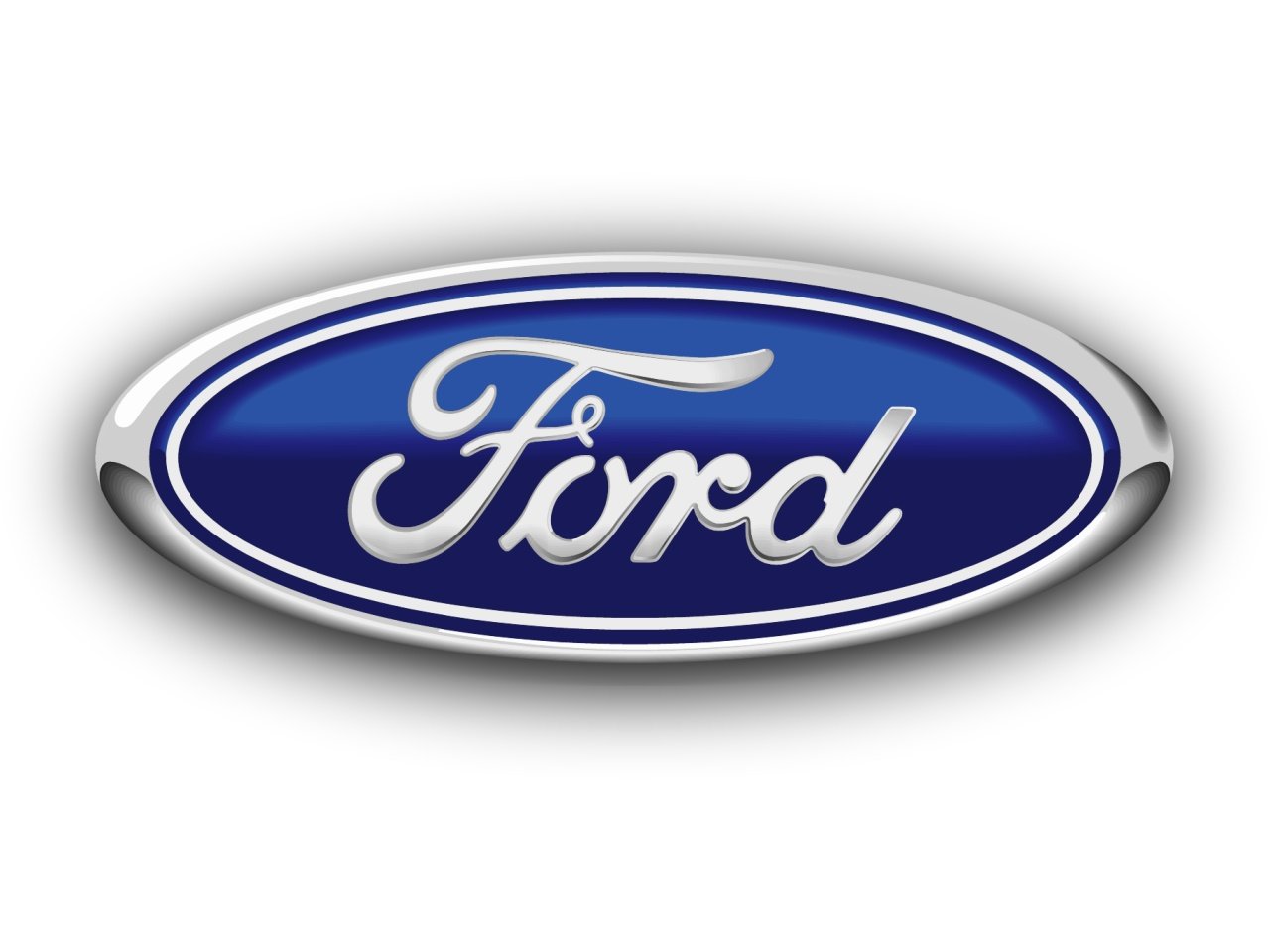
- 1896: Henry Ford builds his first vehicle – the Quadracycle – on a buggy frame with 4 bicycle wheels.
- 1898: Ford creates the Detroit Automobile Company; two and a half years later it is dissolved.
- 1901: Ford wins high-profile car race in Grosse Pointe, Mi
- 1901: The Henry Ford Company is incorporated but discontinued the following year only to be reinvigorated by Henry Leland as the Cadillac Motor Company
- 1903: Ford Motor Company incorporated with 11 original investors. The Model A "Fordmobile" is introduced - 1,708 cars are produced.
- 1904: Ford Motor Company of Canada incorporated in Walkerville, Ontario
- 1904: Henry Ford teams up with Harvey Firestone of Firestone Tires
- 1906: Ford becomes the top selling brand in the US, with 8,729 cars produced.
- 1908: Model T is introduced. 15 million are produced through 1927.
- 1909: Ford Motor Company (England) established, otherwise referred to as Ford of Britain
- 1911: Ford opens first factory outside North America – in Manchester, England.
- 1913: The moving assembly line is introduced at Highland Park assembly plant, making Model T production 8 times faster.
- 1913: Ford opens second world branch in Argentina as Ford Motor Argentina
- 1914: Ford introduces $5 ($108, adjusted for inflation) workday minimum wage – double the existing rate.
- 1918: Construction of the Rouge assembly complex begins.
- 1919: Edsel Ford succeeds Henry as Company President.
- 1921: Ford production exceeds 1 million cars per year, nearly 10 times more than Chevrolet - the next biggest selling brand.
- 1922: Ford purchases Lincoln Motor Company for US $8 million ($104 million, adjusted for inflation).
- 1925: Ford introduces Ford Tri-Motor airplane for airline services
- 1926: Ford Australia is founded in Geelong, Victoria, Australia.
- 1927: Model T production ends, Ford introduces the next generation Model A, from the Rouge complex.
- 1929: Ford regains production crown, with annual production peaking at 1.5 million cars
- 1931: Ford and Chevy brands begin to alternate as U.S. production leaders, in battle for automobile sales during the Great Depression.
- 1932: Ford introduces the one-piece cast V8 block. It makes the Model 18 the first low-priced V8-powered car. In London Royal Albert Hall the Model 19, or as it was marketed Model Y, are introduced February 19. The first of a long line of small European Fords.[31]
- 1936: Lincoln-Zephyr is introduced.
- 1938: The German consul at Cleveland awards Henry Ford the Grand Cross of the German Eagle, the highest medal Nazi Germany could bestow on a foreigner. There is some evidence Ford had Nazi sympathies, at least before World War II. He may have financed some Nazi activities, and was active in anti-semitic efforts.
- 1939: Mercury division is formed to fill the gap between economical Fords and luxury Lincolns. Operated as a division at Ford until 1945
- 1941: The Lincoln Continental is introduced. Ford begins building general purpose "jeep" for the military. First labor agreement with UAW-CIO covers North American employees.
- 1942: Production of civilian vehicles halted, diverting factory capacity to producing B-24 Liberator bombers, tanks, and other products for the war effort.
- 1943: Edsel Ford dies of cancer at the age of 49, Henry Ford resumes presidency.
- 1945: Henry Ford II becomes president.
- 1945: Lincoln and Mercury are combined into a single division.
- 1946: Ford sues the allies for damages done to his factories in Dresden during the infamous bombing, and wins compensation.[citation needed]
- 1946: The Whiz Kids, former US Army Air Force officers, are hired to revitalize the company. Automobile production resumes.
- 1947: Henry Ford dies of cerebral hemorrhage at the age of 83; Henry Ford II becomes new chairman.
- 1948: F-1 Truck introduced. Lincoln Continental is introduced.
- 1949: The '49 Ford introduces all-new post-war era cars. The "Woody" station wagon is introduced.
- 1953 Ford Canada Headquarters and Car Plant opens in Oakville, Ontario
- 1954: Thunderbird introduced as a personal luxury car with a V8. Ford begins crash testing, and opens Arizona Proving Grounds.
- 1956: $10,000 ($80.9 thousand, adjusted for inflation) Lincoln Continental Mark II introduced. Ford goes public with common stock shares. Ford's emphasis on safety with is Lifeguard option package, including seat belts and dash padding, earns the company Motor Trend's "Car of the Year" award.[25]
- 1957: Ford launches the Edsel brand of automobiles in the fall of 1957 as 1958 models. Ford is top selling brand, with 1.68 million automobiles produced.
- 1959: Ford Credit Corporation formed to provide automotive financing.
- 1959: Ford withdraws the 1960 model Edsels from the market in November 1959.
- 1960: Ford Galaxie and compact Ford Falcon introduced.
- 1960: Robert Mcnamara is appointed President of Ford by Chairman Henry Ford II.
- 1960: Ford President Robert McNamara appointed Secretary of Defense by President elect John F. Kennedy.
- 1964: Ford Mustang creates pony car segment, Ford GT40 challenges Ferrari and Porsche at LeMans.
- 1965: Ford brand US sales exceed 2 million units.
- 1965: Ford Galaxie 500 LTD debuts, advertised as quieter than a Rolls Royce
- 1966: Ford Bronco sport utility vehicle introduced.
- 1967: Ford of Europe is established.
- 1967: Ford opens Talbotville car plant in St. Thomas, Ontario
- 1968: Lincoln Mark Series is introduced as the company's first personal luxury car to compete with the Cadillac Eldorado
- 1970: Ford Maverick are introduced. Ford establishes Asia Pacific operations.
- 1972: Retractable seat belts introduced.
- 1973: Ford US brand sales reaches an all time high of 2.35 million vehicles produced.
- 1974: Ford Mustang II debuts as a smaller more economical pony car.
- 1975: Ford Granada and Mercury Monarch introduced, Maverick continues
- 1978: Ford Motor Company celebrates 75th anniversary. Continental Mark V and Thunderbird available with "Diamond Jubilee Edition" packages.
- 1979: Ford acquires 25% stake in Mazda.
- 1981: The Lincoln Town Car and Ford Escort are introduced.
- 1984: Ford Tempo and Mercury Topaz are introduced.
- 1985: Merkur name launched based on several successful European vehicles.
- 1985: Ford Taurus introduced with dramatic "aero design" styling, along with Ford Aerostar minivan.
- 1987: Ford acquires Aston Martin Lagonda and Hertz Rent-a-Car.
- 1988: Ford Festiva, built in Korea by Kia is introduced.
- 1989: Ford acquires Jaguar. Mazda MX-5 Miata is unveiled.
- 1990: Ford Aerostar is Motor Trend's Truck Of The Year, while Lincoln Town Car is Motor Trend's Car Of The Year.
- 1990: Merkur brand of automobiles production discontinued.
- 1991: Ford Explorer is introduced, turning the traditionally rural and recreational SUV into a popular family vehicle.
- 1992: Ford Taurus becomes America's top selling car, displacing the Honda Accord.
- 1994: Ford Tempo and Mercury Topaz are discontinued - replaced by Ford Contour and Mercury Mystique.
- 1994: Ford Aspire replaces Festiva, becoming the first car in its class to offer standard dual air bags and optional 4-wheel ABS.
- 1995: Ford's first front wheel drive V8 sedan is introduced, the 4.6L V8-powered Lincoln Continental.
- 1995: New front wheel drive Ford Windstar minivan is introduced. Aerostar remains in production. Redesigned Ford Explorer released, now with standard safety features such as dual air bags, 4-wheel ABS as standard equipment.
- 1996: Ford certifies all plants in 26 countries to ISO 9000 quality and ISO 14001 environmental standards. The V12-powered Jaguar XJS is discontinued.
- 1996: Controversially redesigned "Ovoid" Ford Taurus and Mercury Sable are introduced. Exit of Chevrolet Caprice leaves full size fleet market to Ford Crown Victoria.
- 1996: Ford increases investment stake in a troubled Mazda Corporation to a controlling interest of 33.4%.
- 1997: Full size 4-door SUV Ford Expedition introduced replace the Ford Bronco.Mercury Mountaineer introduced. Redesigned Ford Escort and Mercury Tracer also introduced.
- 1997: Ford Aerostar production ends, along with Ford Probe, Ford Thunderbird, Mercury Cougar, Mazda MX-6, and Ford Aspire, without immediate replacement.
- 1997: Sculpted redesign of Ford's top-selling F-150 pickup, overcomes controversy to set sales records.
- 1998: Lincoln Navigator creates domestic luxury SUV class. Mark VIII is in its final year, introduces HID-headlamps.
- 1998: The Focus replaces the ageing Escort in Europe and quickly becomes one of the best-selling cars of the segment.
- 1999: Ford acquires Volvo car division from Volvo. Bill Ford becomes Chairman of the Board, replacing Jacques Nasser.
- 1999: A smaller sporty Mercury Cougar is reintroduced with front wheel drive.
- 1999: Jaguar Racing Formula One team is formed, with Jackie Stewart at the helm.
- 1999: Ford splits its full-sized pick-ups into two distinct models (the first to do so) with the introduction of the Ford F-Series Super Duty (F-250 - F-550). Ford Excursion (based on Super Duty) is introduced, and has the distinction of being the largest SUV sold anywhere.
- 2000: Ford purchases Land Rover brand from BMW. Lincoln LS and Jaguar S-Type are introduced, along with a refreshed Ford Taurus and Mercury Sable. The Lincoln LS becomes the 2000 Motor Trend Car of the Year.
- 2001: Retro-styled Ford Thunderbird is introduced, based on the Lincoln LS/Jaguar S-Type DEW98 platform, and is also named Motor Trend Car of the Year for 2002.
- 2002: Lincoln Continental is discontinued after a roughly fifty year run. Jaguar X-Type is introduced (first AWD Jaguar).
- 2003: Ford Motor Company's 100th Anniversary. The Ford GT is released, along with limited Centennial editions of some Ford vehicles.
- 2004: Jaguar Racing team sold to Red Bull GmbH. Ranger sales decline, losing the title as top-selling compact pickup. The similar Mazda B-series pickup is withdrawn from the US market. The Ford Escape Hybrid, the first gasoline-electric hybrid SUV, is introduced. Major redesign of the Ford F-150 and introduction of the Lincoln Mark LT. Ford Freestar and Mercury Monterey minivans are introduced, replacing the Ford Windstar and Mercury Villager.
- 2005: Ford Mustang redesigned with retro styling reminiscent of the 1960s models. The Ford Five Hundred, Mercury Montego, and Ford Freestyle are introduced. Mercury Sable production ends, and Ford Taurus production is limited to rental car, taxi, and other fleet sales.
- 2006: Ford Taurus ends production after a 20-year run. Ford Fusion, Mercury Milan, and Lincoln Zephyr introduced. Ford announces major restructuring program The Way Forward, which includes plans to shut unprofitable factories. Bill Ford steps down as CEO, remains as Executive Chairman. Alan Mulally elected President and CEO. Ford Freestar and Mercury Monterey minivans are discontinued without replacement. Ford mortgages all assets to raise $23.4 billion cash in secured credit lines, in order to finance product development during restructuring through 2009.[29][dead link] According to J. D. Power and Associates quality surveys, the Ford Fusion is rated higher in quality than its chief rivals, the Toyota Camry and Honda Accord.[citation needed]
- 2007: Ford reports losses of $12.7 billion for 2006. Ford Edge and Lincoln MKX introduced. The Lincoln Zephyr is replaced with the Lincoln MKZ. A redesigned Ford Expedition (including the longer wheelbase "EL" version) and Lincoln Navigator are introduced. Ford unveils the Ford Interceptor and Lincoln MKR concept cars, and a pre-production Lincoln MKS is introduced. The Ford Five Hundred, Ford Freestyle and Mercury Montego nameplates are dropped and replaced with the previously retired Ford Taurus, Ford Taurus X, and Mercury Sable nameplates.[32]
- 2007: Ford sells Aston Martin to a British consortium led by Prodrive chairman David Richards,[33] and announces plans to sell Jaguar and Land Rover.
- 2008: Ford sells Jaguar and Land Rover to Tata Motors.

Jaguar_X
 Ford-Thunderbird_Neiman_Marcus-2011
Ford-Thunderbird_Neiman_Marcus-2011
New-Sedan-Concept-Sofia-luxury-car 2011
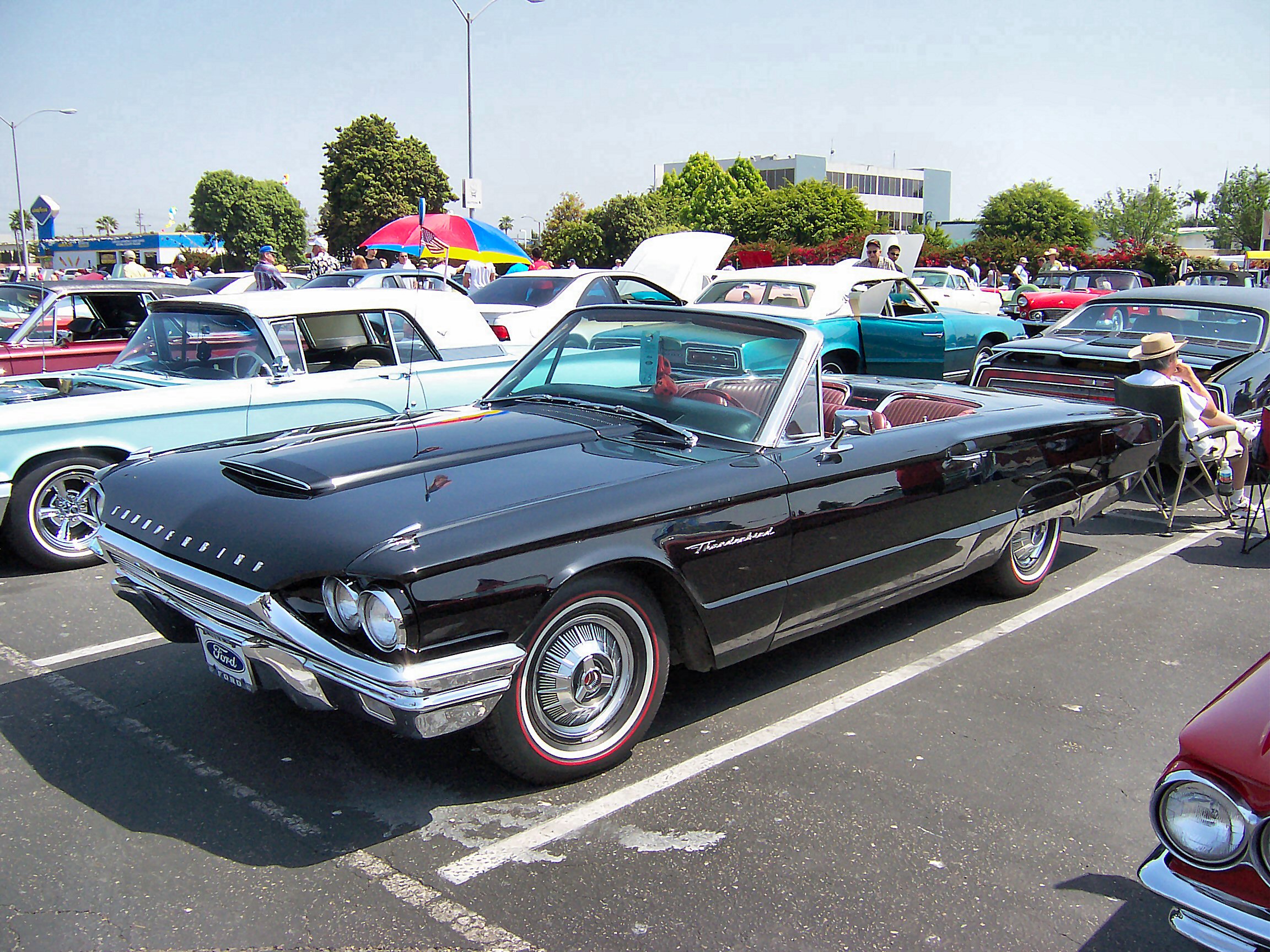
1964_Ford_Thunderbird_Convertible

Ford-Shelby-Cobra-Concept-Machine-Shop

Ford-Shelby-Cobra-Concept-SA

large_lincoln-c

Ford-GT

Ford Escape Hybrid1

Luxury-Car-of-Ford-Australia
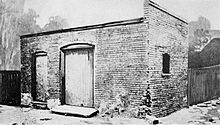
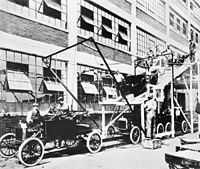

1 comments:
I went ahead and replaced both, but was not thrilled with the huge bill that came my way. The bulb was $ 210 per room only. This does not include the work I have been scion tc hid lights replacement bulbs installed. I was charged an additional 45 hours for work and they claimed that it took 1 ½ hours to install
Post a Comment